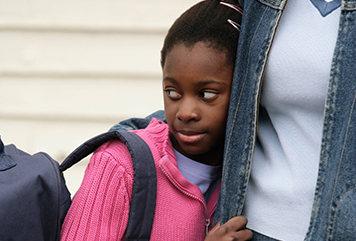As the back-to-school season approaches, excitement is in the air. New backpacks, fresh school supplies, and the anticipation of seeing friends and teachers again mark the start of another school year. However, alongside the excitement, many children and parents may experience anxiety as they face the transition from summer vacation back to the school routine. Understanding and addressing this anxiety can make the return to school smoother and more enjoyable for everyone involved.
Understanding Back-to-School Anxiety
Back-to-school anxiety is a common experience for both children and parents. For children, concerns may range from navigating new social situations and meeting academic expectations to adjusting to a different classroom environment. On the other hand, parents often worry about their children’s well-being, academic performance, and social interactions.
These anxieties are normal but can sometimes feel overwhelming. Recognizing the signs of anxiety and knowing how to manage them can help families approach the new school year with confidence and resilience.
Signs of Anxiety in Children and Parents
Children may show anxiety through:
Parents might experience:
Strategies for Easing Anxiety
For Children:
For Children:
Creating a Balanced Perspective
It’s essential to approach back-to-school anxiety with a balanced perspective. While it’s normal to feel anxious about the unknowns, focusing on the opportunities and growth that come with the new school year can help shift the narrative. Encourage resilience by celebrating small successes and promoting a growth mindset in your child.
The Role of Schools and Teachers
Schools and teachers play a crucial role in supporting students’ mental health. By fostering a welcoming and inclusive environment, providing clear communication, and offering resources for emotional support, educators can help ease the transition back to school for both students and their families.
As we prepare for the new school year, let’s remember that addressing anxiety with empathy, understanding, and proactive strategies can pave the way for a positive and successful experience for everyone. With the right support, children and parents can look forward to a school year filled with growth, learning, and new opportunities.
Resources for Further Support:
Feel free to share this article with parents, teachers, and anyone who might find these tips helpful. Together, we can make the transition back to school a positive experience!


